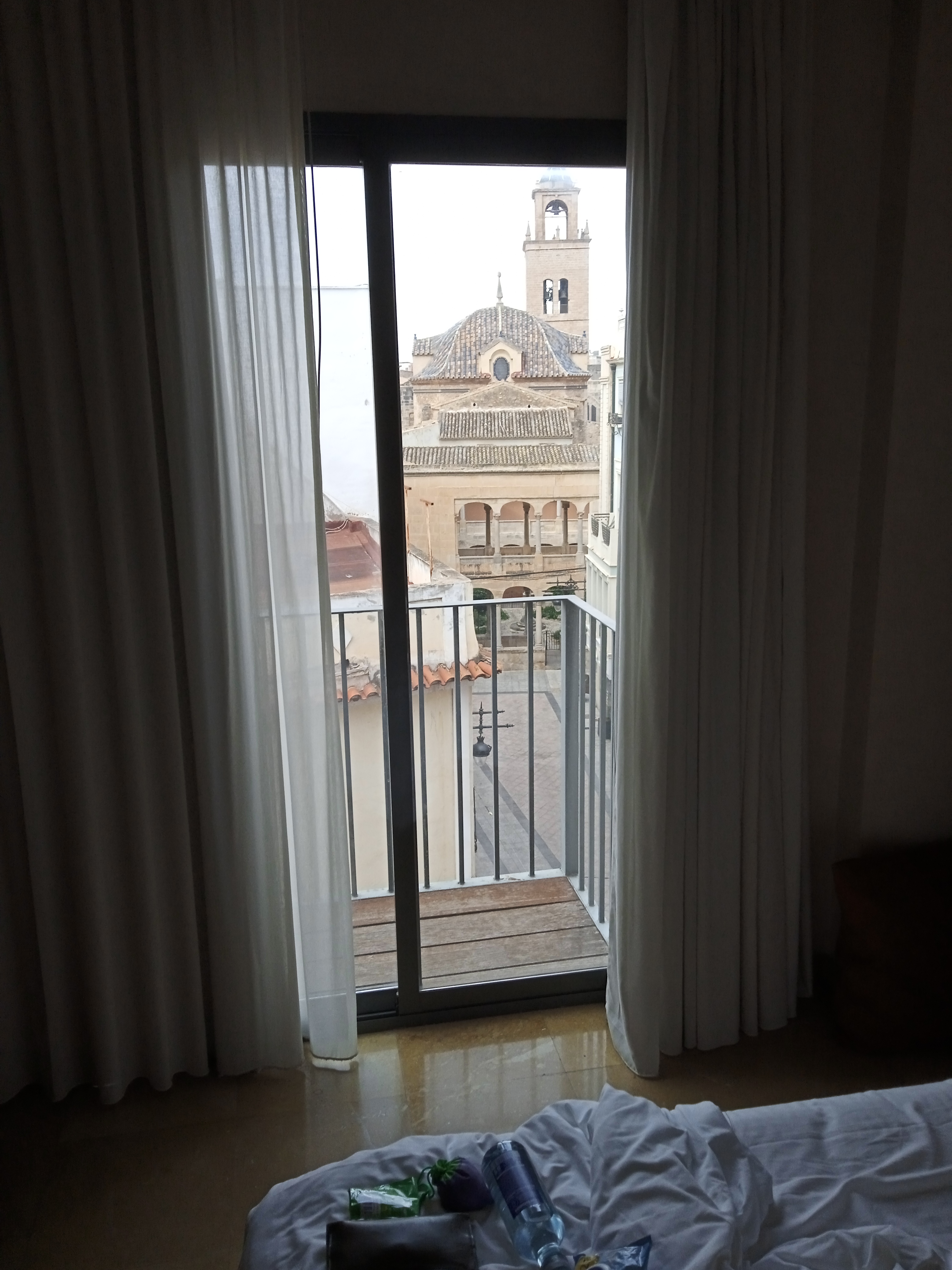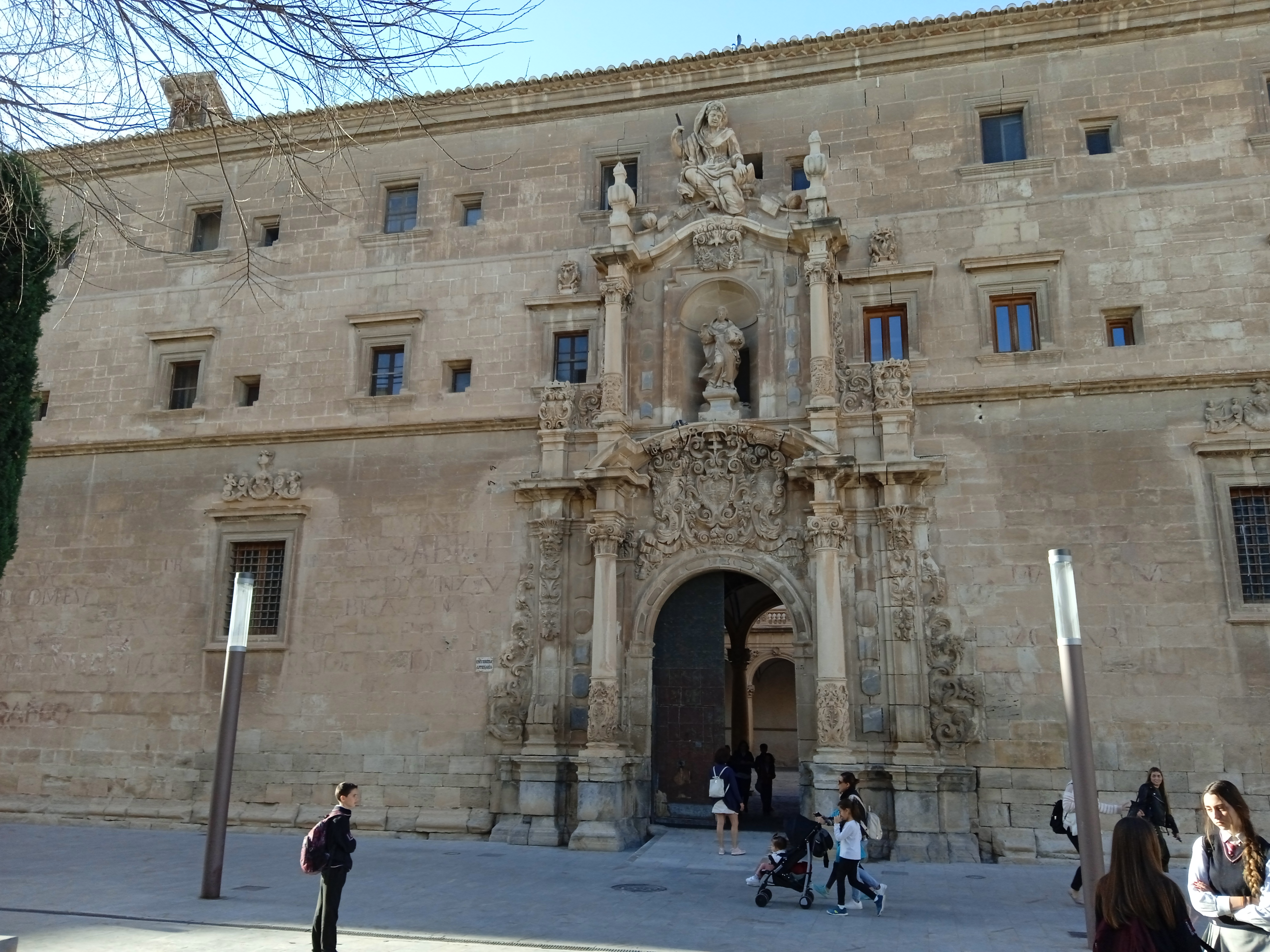Orihuela is a haunted city; haunted by the ghost of Miguel Hernandéz, whose presence is omnipresent, and whose words whisper to you from official posters and casual graffiti.
There are not many Valencian cities with a river running through them, but Orihuela is split in two by the Segura, even though nobody would describe it as wide or majestic, except perhaps the ducks that lurk there.
The countryside around the city is desertic, and this feature was taken advantage of in 1971, when Ernest Borgnine came to town to turn a Graham Greene story into the film Rain for a Dusty Summer.
Aka ‘Guns of the Revolution’, Ernest Borgnine stars as the pathological General determined to put an end to the Catholic clergy and the rich in Mexico in 1917. The film recounts the activities of a priest, Miguel Pro, a hero or villain depending on your ideology.
When Brother Miguel talks to a paper seller in the Plaza de Monserrate, we see clearly the façade of the Santuario de Nuestra Señora de Monserrate.

If its churches you want then Orihuela is full of them, including a cathedral, which can be seen from the rooms of the town’s best hotel, Sercotel’s Palacio de Tudemir in Calle Alfonso XIII, 1, built in 1755.

The abundance of churches is probably due to the fact that the city was during a brief period in the 18th century, capital of the Kingdom of Valencia.
The hotel restaurant is also full of references to Miguel Hernandez, and also has a special menu dedicated to him called Huellas, although as a simple shepherd, the famous poet probably never ate so well.
As the tasting menu changes continually, there’s probably not much point going into detail. Suffice it to say it was varied and tasty, with enough to take you to the main dish with your hunger already sated. Here are some photos of ours.




His humble home is today a museum, and the school he briefly attended is just around the corner and still teaching generations of Orijhuellians. Miguel was removed from school by a harsh father; he was a fierce supporter of the Spanish Republic and after the war was at first condemned to death, later commuted to 30 years prison, although he died in 1942 of tuberculosis at the age of 31.


